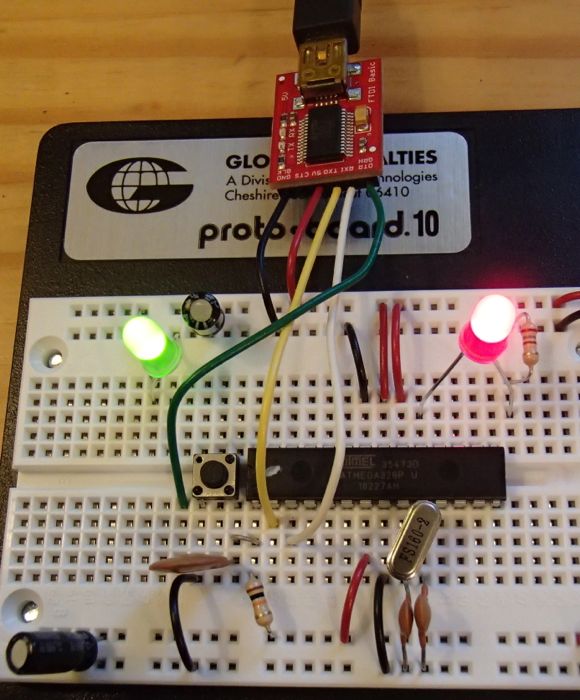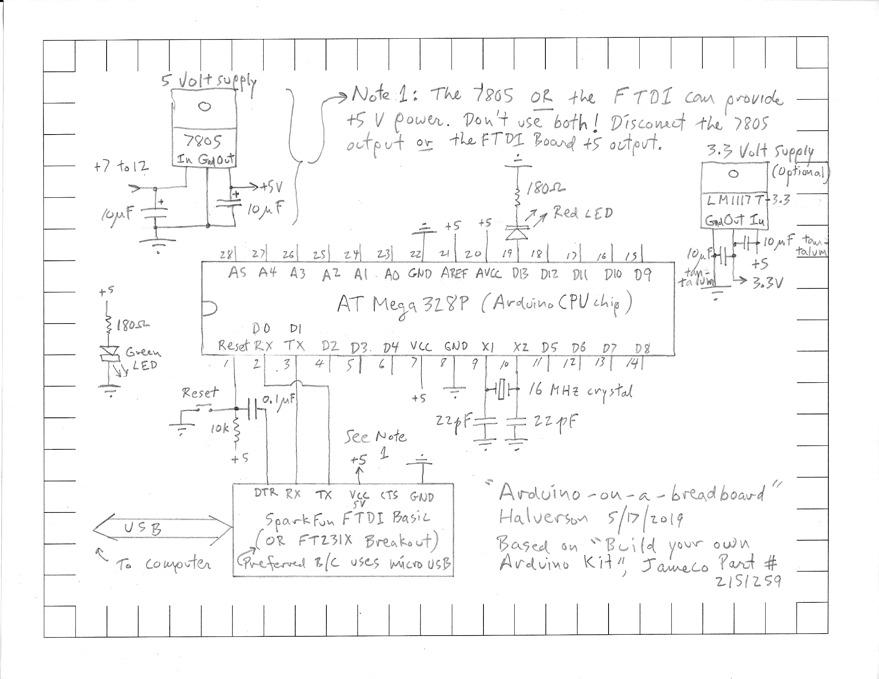Click on the “Engineering Club Files” link to get the information needed to operate the telescope. The telescope is great for observing the moon (easy!) and Jupiter and Saturn. Mars and Venus are good too, but they don’t have fun moons to observe.
To identify Jupiter’s moons and to find out when they will appear or eclipse, click https://s22380.pcdn.co/wp-content/plugins/observing-tools/jupiter_moons/jupiter.html
Similarly, to identify Saturn’s moons, click here: https://s22380.pcdn.co/wp-content/plugins/observing-tools/saturn_moons/saturn.html
==============================================
INSTRUMENTATION FOR DRONE PLANE PROJECT (and Mt SAC Rocket)
The nose cone (where the instruments must live): https://www.apogeerockets.com/Building-Supplies/Nose-Cones/Fiberglass-Nose-Cones/4in-Fiberglass-5-1-Ogive-Nose-Cone,
protected by
https://www.apogeerockets.com/Building_Supplies/Bulkheads/Coupler_Bulkheads/Coupler_Bulkhead_Disk_98mm_for_Blue_Tube
We have a 3.75 inch (948 mm) inside diameter space.
The CPU, Adafruit Feather 32u4 Adalogger: https://learn.adafruit.com/adafruit-feather-32u4-adalogger A tiny “light-as-a-feather” Arduino with 2 Gigabytes micro-SD flash memory.
The coding tool to program the CPU: https://www.arduino.cc/en/Main/Software A version of the “C” programming language for Arduino CPUs.
Setup instruction for the coding tool, specific to the CPU we are using: https://learn.adafruit.com/adafruit-feather-32u4-adalogger/setup and https://learn.adafruit.com/adafruit-feather-32u4-adalogger/using-with-arduino-ide
The user-interface, a tiny display screen that sits atop the CPU: Adafruit FeatherWing OLED https://learn.adafruit.com/adafruit-oled-featherwing/overview
NOTE: The tiny screen is nice for use on the drone plane, but I’m worried it will break in the rocket. I just learned that it experiences 10 g’s and high vibration levels, so I think we better replace the screen with rugged switches and LEDs for rocket flights.
Links to Mt SAC’s rocket launch site: https://rocstock.org/site/ and https://friendsofamateurrocketry.org/
The barometer/altimeter and temperature sensor: Adafruit MPL3115A2 https://www.adafruit.com/product/1893
The CPU communicates with altimeter, the display screen and other sensors using a the I2C bus (similar to USB) which is described here: https://robot-electronics.co.uk/i2c-tutorial
Information on writing to the 2 giga-byte micro-SD card on the CPU board: https://learn.adafruit.com/adafruit-feather-32u4-adalogger/using-the-sd-card
The real-time clock, needed to time-stamp the altitude readings and other data: Adafruit PCF8523 https://learn.adafruit.com/adafruit-pcf8523-real-time-clock
The Accelerometer, Magnetometer (compass), Gyroscope (and temperature?) module: Adafruit LSM9DS1 https://learn.adafruit.com/adafruit-lsm9ds1-accelerometer-plus-gyro-plus-magnetometer-9-dof-breakout/
High accuracy (16 bit, 2 channel differential mode or 15 bit 4 channel single-ended mode) ADC: Adafruit ADS1115 https://learn.adafruit.com/adafruit-4-channel-adc-breakouts/overview
==============================================
Amazing... you can make your own Arduino from scratch - Cheap! You need
1) the “Build Your Own Arduino Kit” from Jameco: https://www.jameco.com/Jameco/workshop/JamecoBuilds/arduinocircuit.html?CID=arduinobuild
2) the “SparkFun FT231X breakout” from SparkFun: https://www.sparkfun.com/products/13263
3) a breadboard
4) a computer (Mac or PC) to program it the programming
5) a USB cable, like the ones for Android smartphones.
When you set up the Arduino software you need to select “Arduino Uno” as the board type, and USBSerial as the port.
Here is a picture of my “home-made” Arduino:

And here is the schematic:


